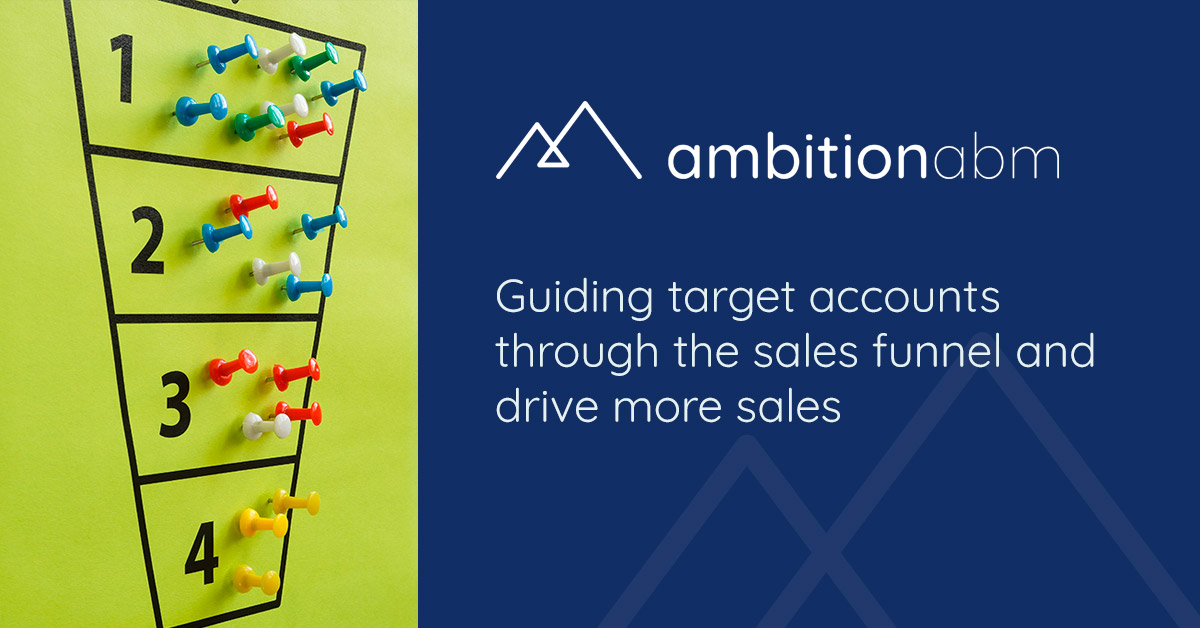One of the key challenges all account-based marketers face is hampered productivity due the lack of visibility into common needs across accounts. In this blog we are going to explore the process for defining areas of opportunity in one-to-few or one-to-many account-based models, to deliver shared visibility across accounts and improve your account-based marketing productivity.
Step One: Data Audit
Accurate insights and information is essential for Account-Based Marketing (ABM) success. Data gathering and the amount of data available determines how difficult it will be to detect account-specific opportunities across multiple accounts and scope execution needs for the ABM team. There are many sources of account-level data including; marketing, sales and finance systems.
Start by auditing account-level data. You will find identification of opportunities goes hand-in-hand with selecting accounts and the type of ABM programme. For example; for a one-to-one ABM programme where you are targeting one of your largest accounts you will need a more complete set of data and detailed sales account plans, however if you are targeting many accounts a limited amount of data might be sufficient.
As well as data gathered for account selection, the opportunity identification step requires further data and analysis. We know that some data might be known to some individuals within the organisation but this is not necessarily captured consistently and stored in databases where it can be easily accessed. If the data is not available it may be that you need to collect this manually, determine whether the marketing team is capable of this level of effort for selected account, you may need to change the scope of the programme needs to change.
ABM opportunity identification requires the following data;
- Account industry or segment
- Account buying centres and units
- Wallet Share by buying centre
- Sales goals
- Current stage of active opportunities
Step Two – Opportunity Profile
To commence the process of translating account insights into account opportunity make a list of potential opportunity areas that may exist across each group of selected accounts. Include segmentation and the buying centres that could potentially be involved, create a list of products, services or solutions that might be purchased by those buying centres and finally where they are in the buying stage, knowing what can be sold and where it can be sold – account-level marketing needs are defined by the stage of existing deals in the sales pipeline.
Step Three – Account Opportunity Validation with Sales
Sales must validate all defined opportunity areas and they must understand and be comfortable with the process used to scope ABM efforts, as well as the action plans suggested by marketing based on the analysis. We recommend involving sales operations early in the process to support the data audit. Then, validate the account-based opportunity priorities with sales leaders to ensure that ABM planning focuses on the opportunity areas that sales agree are most valuable. This step ensures alignment of ABM activity with actual opportunity in specific accounts, building sales’ confidence that marketing will provide meaningful support and success.
Our team of ABM consultants are available to answer any questions you might have, please contact us here











